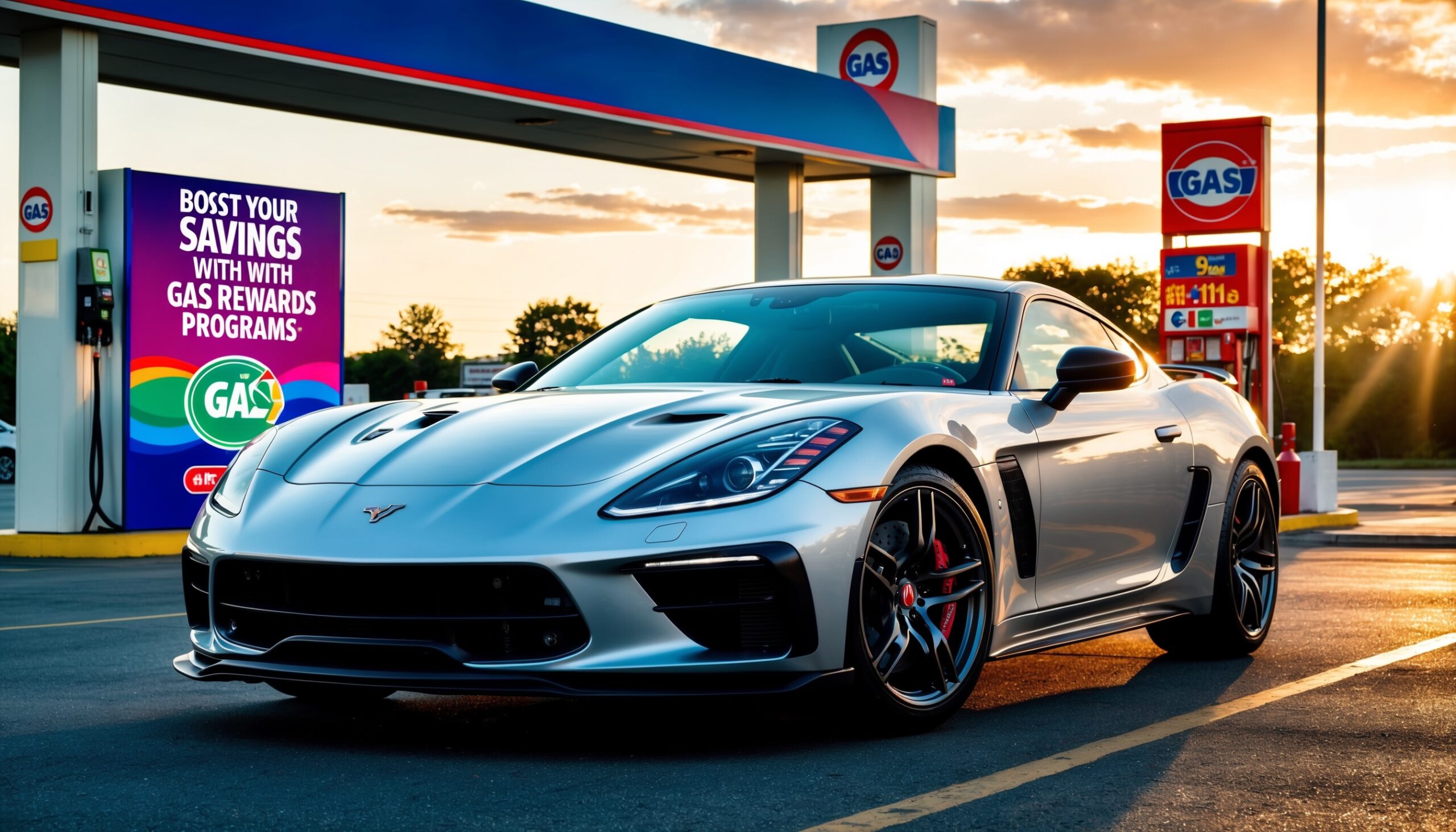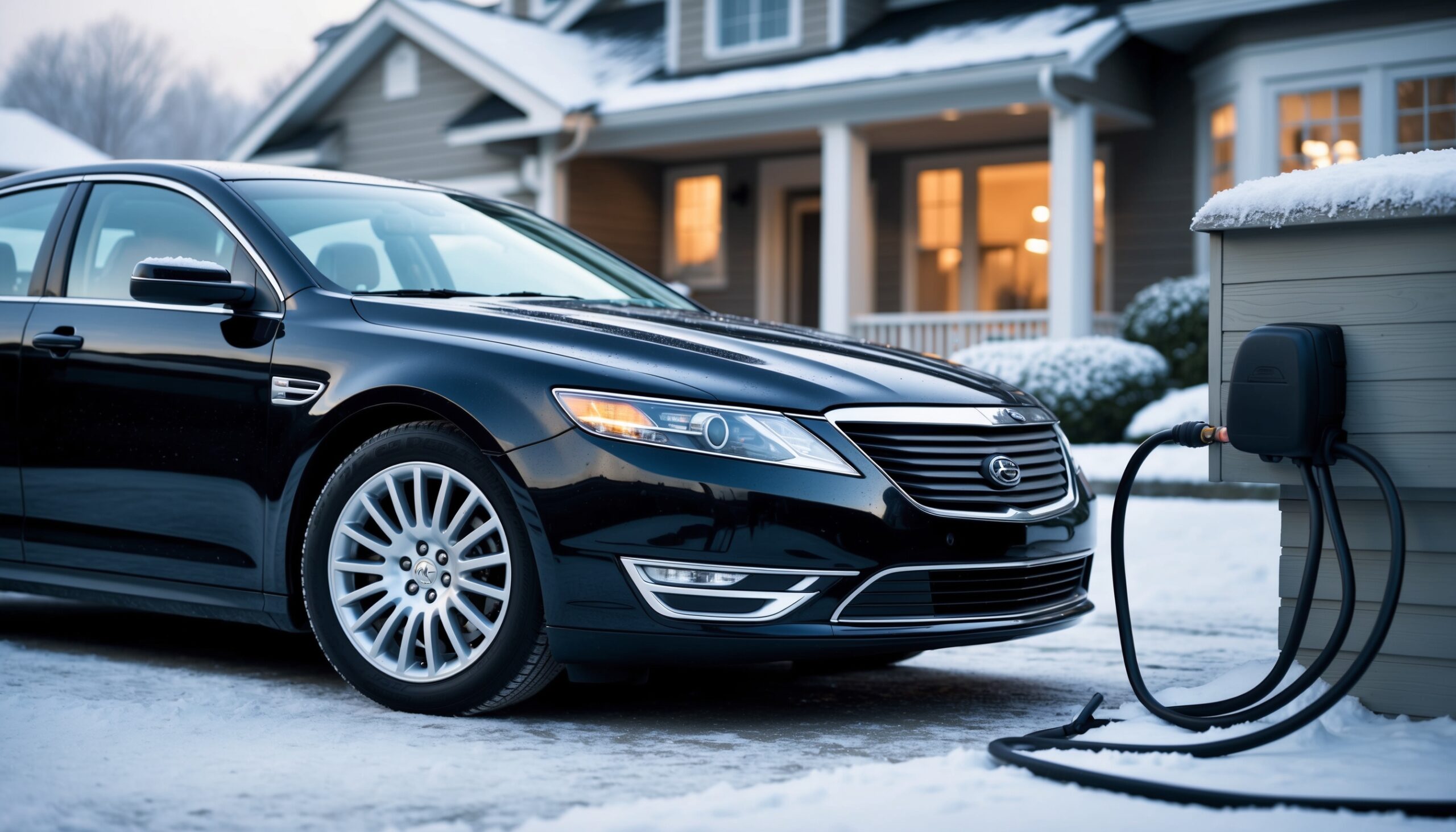Understanding the Gas Price Puzzle
As car enthusiasts, we often find ourselves at the gas pump, grumbling over fluctuating gas prices. One day, you might find prices at your local station soaring, while the next day, a nearby competitor offers a much lower price. If you’ve ever wondered why this happens, you’re in the right place! In this article, we will dive deep into the factors that influence gas prices at different stations, providing you with insights that will make you the most informed driver on the block.
The Basics of Gas Pricing
Before we get into the nitty-gritty, let’s cover the basics of how gas prices are determined. Gasoline prices are influenced by several key factors:
- Crude Oil Prices: The largest component of gasoline prices, crude oil prices fluctuate based on global supply and demand. When crude oil prices rise, you can bet that gas prices will follow suit.
- Refining Costs: This includes the cost of turning crude oil into gasoline. Different refineries have different operational costs, which can lead to price variations.
- Distribution and Marketing Costs: The cost of transporting gasoline from refineries to gas stations, as well as marketing expenses, can also affect prices.
- Taxes: Federal, state, and local taxes can significantly impact the price you pay at the pump. Some states have higher taxes than others, leading to noticeable price differences.
- Competition: The level of competition among gas stations in a given area can lead to price variations, as stations adjust prices to attract customers.
The Role of Location
The location of a gas station can have a profound effect on its pricing strategy. Here’s how:
Urban vs. Rural Areas
Gas stations located in urban settings often charge higher prices due to increased operating costs, including rent and labor. Conversely, rural stations may have lower overhead costs and can afford to sell gas at a more competitive price.
Proximity to Highways
Gas stations located near highways typically charge more per gallon, taking advantage of travelers who may not have the luxury of shopping around. On the flip side, stations further from the highway might lower prices to attract local traffic.
Market Demand
In areas where demand for fuel is high, such as regions with heavy commuter traffic, gas stations may raise prices. Understanding the ebb and flow of demand can give savvy consumers an edge.
Also Read: Top 5 Safe Car Brands Every Enthusiast Should Know
Seasonal Variations
Gas prices are not static; they can change dramatically with the seasons. Here are a few reasons why:
Summer Driving Season
As the summer approaches, demand for gasoline increases due to vacations and road trips. This uptick in demand often leads to higher prices, especially at stations that cater to travelers.
Winter Blends
In colder months, refineries produce “winter blend” gasoline, which is cheaper to make. However, as we transition into summer, refineries switch to “summer blend” gasoline, which is more environmentally friendly but also more expensive to produce. This can lead to price spikes in the spring.
Brand Loyalty and Pricing Strategies
Not all gas stations are created equal, and brand loyalty often plays a significant role in pricing strategies. Some major brands might charge more due to consumer trust in their product quality.
Brand Premium
Major brands often boast superior quality and additives that they claim improve engine performance. This perceived value allows them to charge a premium price. For example, if you’re a loyal customer of a specific brand, you might notice that their prices are consistently higher than those of independent stations.
Discount Programs
Many stations implement loyalty programs or partnerships with grocery stores that offer discounts for members. This can create significant price differences even among stations of similar quality. It pays to be aware of these programs when filling up!
Price Wars and Competition
In areas with multiple gas stations in close proximity, price wars can break out, leading to significant fluctuations in prices. Here’s how it works:
Also Read: BMW's Shift to Conventional Automatics: A Closer Look
Competitive Pricing
When one station lowers its prices, others in the area often follow suit to remain competitive. This creates a dynamic environment where prices can change daily, or even hourly, based on competitor actions.
Price Matching
Some stations offer price matching guarantees, which can further influence local pricing. If you find a cheaper price nearby, they might match it to keep your business.
Global Events and Market Influences
Gas prices are also susceptible to global events that can disrupt supply chains or change the dynamics of oil production.
Geopolitical Factors
Conflicts in oil-producing regions can lead to supply disruptions, causing prices to spike. For instance, tensions in the Middle East have historically resulted in increased prices at the pump due to fears of supply shortages.
Natural Disasters
Hurricanes and other natural disasters can damage refineries and disrupt oil production, leading to temporary spikes in prices. In recent years, storms like Hurricane Katrina have had a profound effect on gas prices across the U.S.

Environmental Regulations
Government regulations aimed at reducing emissions can also affect gas prices. Different states have different environmental standards that can lead to variations in fuel formulation and, subsequently, pricing.
State-Specific Regulations
Some states require specific blends of gasoline that can be more expensive to produce. This is especially true in California, where stringent environmental regulations can lead to some of the highest gas prices in the nation.
Future Trends
As electric vehicles (EVs) gain popularity, traditional gas stations may need to adjust their pricing strategies to remain competitive. It will be interesting to see how the gas market evolves in response to this shift in consumer behavior.
Consumer Behavior: The Final Piece of the Puzzle
Ultimately, consumer behavior can influence gas prices as much as market forces. Here’s how:
Shopping Around
With the rise of smartphone apps and websites that compare gas prices, consumers are more informed than ever. This can lead stations to adjust their prices based on competitive pressure. If customers consistently choose cheaper options, gas stations may need to reevaluate their pricing strategies.
Feedback Loops
When prices rise, consumers may cut back on driving or seek alternative transportation methods, which can, in turn, influence demand and prices. Understanding this feedback loop can give you insight into how your choices impact the market.
Final Thoughts
Next time you find yourself at the gas pump, take a moment to consider the complex web of factors that contribute to the price you see. From crude oil prices and refining costs to location, competition, and consumer behavior, a multitude of elements come into play.
At Torque Feed, we’re passionate about empowering car enthusiasts with knowledge. Understanding how gas prices fluctuate at different stations is just one way to navigate the automotive world more effectively. So, the next time you fill up, you can do so with a deeper understanding of the factors at play! Happy driving!












